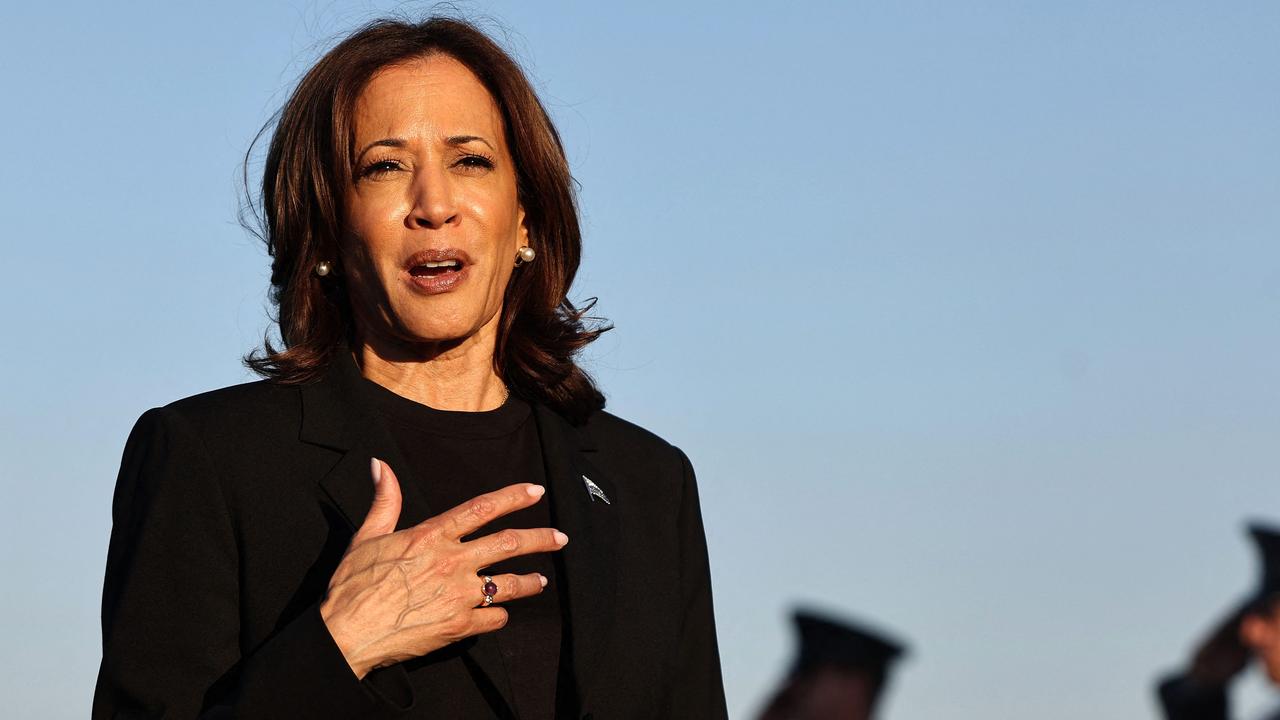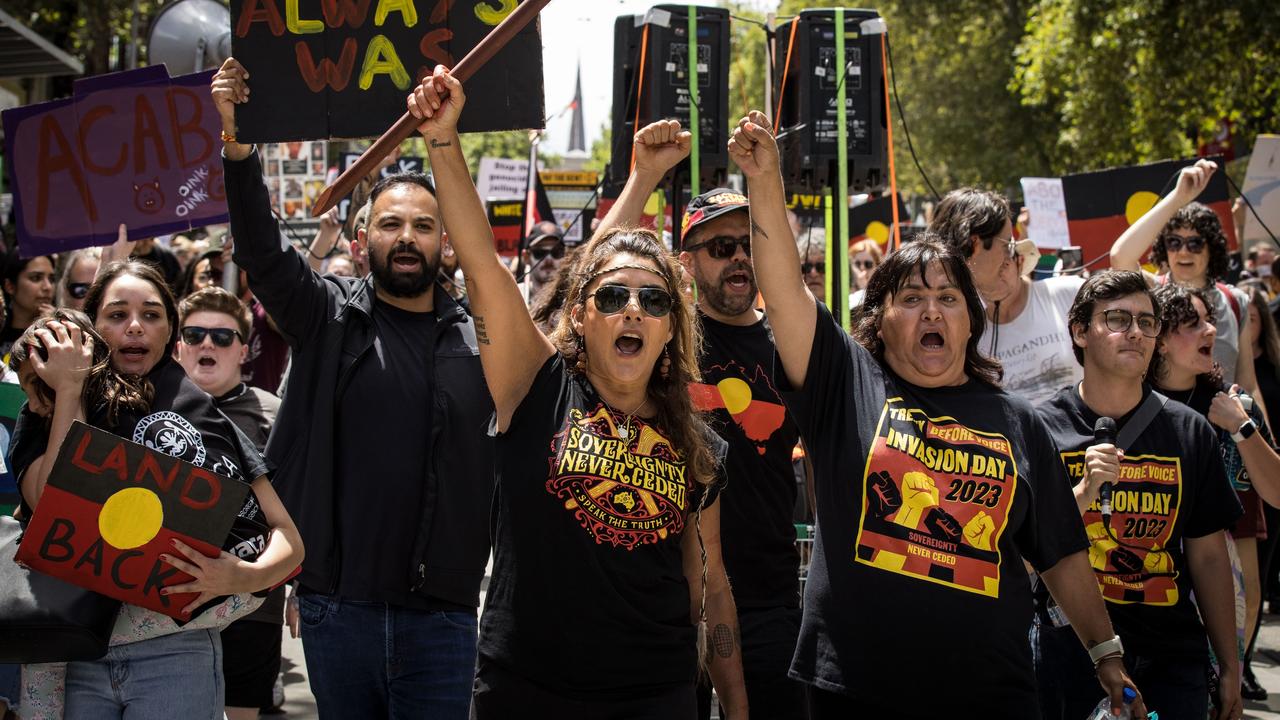Sneak preview of the Chris Dawson murder trial
Downing Centre court is prone to hearing all manner of stories, but nothing quite like the evidence in the Dawson case.

Elva McBay may well be Australia’s oldest witness in a murder case.
At 101 years old, McBay this week became part of one of the country’s most prominent criminal prosecutions, testifying at the committal hearing of Chris Dawson for the murder of his wife, Lyn, 38 years ago.
Lyn vanished from her Bayview home on Sydney’s northern beaches in January 1982.
It’s the case made famous globally by smash-hit podcast The Teacher’s Pet, and it took a leap forward on Thursday when Dawson was ordered to stand trial in the NSW Supreme Court.
The extraordinary appearance of a centenarian at the committal hearing, held at Sydney’s Downing Centre Local Court, reflects the age of the events themselves; this is after all a case that has spanned almost four decades.

McBay was the first of only five witnesses to give evidence at the slimmed-down committal, after a sudden and unexpected change of course on the opening day.
A further five witnesses due to be questioned at the hearing were told by Dawson’s defence on Monday they were no longer required, a tactical move in a high-stakes game that is approaching its most sensitive and critical phase.
The excused witnesses, who could all be said to fall firmly on to the side of the prosecution, were cut when Phillip Boulten SC, for Dawson, couldn’t secure a guarantee their evidence would stay suppressed.
Essentially, the Dawson team decided it wasn’t worth risking the views and recollections of the five being made public, potentially shifting the odds against the defendant.
In comments that foreshadow the legal manoeuvres to come, Boulten said some of that evidence could be excluded from a trial or even “terminate a trial in advance’’.
“We would be very, very reluctant to venture into this territory if we thought that this was going to be canvassed extensively in the media or in another podcast in the lead-up to the trial,’’ Boulten told magistrate Jacqueline Trad.
Those excluded witnesses should instead expect to be called to a Supreme Court pre-trial hearing, where there was “nil or next to nil’’ chance of proceedings being publicised, Boulten said.
There, in the higher court, the defence will be able to try to water down the crown case by fighting to exclude from the trial anything it says is unfair, or indeed to seek a permanent stay of proceedings so Dawson never faces trial.
Some of the grounds for these types of arguments were hinted at this week by both the prosecution and defence. Crown prosecutor Craig Everson said the focus of the committal hearing would be on “issues of disclosure and contamination’’.
Front and centre of that was the impact, if any, that The Teacher’s Pet juggernaut had on witnesses, the hearing was told.
“As the prosecution understands the point being made on behalf of the defendant, there is an issue as to whether the opinion of (investigative journalist and The Teacher’s Pet host) Mr Hedley Thomas has substituted what was a recollection of a witness,’’ Everson said.
In other words, the defence was suggesting the podcast process influenced the evidence of witnesses.
Cutting the witness list in half on Monday, Boulten said the remainder of the evidence at the committal would not touch on “potential contamination’’.
As a case that sat unsolved for almost 40 years, the disappearance of Lynette Dawson was open like any other to media reporting, and whether the contamination argument has any legal legs remains to be seen.
Thomas was among the witnesses cut from the committal hearing at the 11th hour. The others included Bev McNally, former babysitter for the Dawsons, who told the podcast she saw flashes of violence inside the family’s home at Bayview.
Also out was Lyn’s friend and neighbour Julie Andrew, and lawyer Rebecca Hazel, author of a book on the case. Both appeared in the podcast.
The fifth witness ditched was Detective Sergeant Damian Loone, who began investigating Lyn’s disappearance in 1998 and had carriage of it for years.
Five other witnesses were hand-picked by the defence to remain at the committal. Unsurprisingly, their testimony favoured Dawson.

Four of the five, including 101-year-old McBay, said they had seen someone they believed was Lyn Dawson alive in the years after the time the prosecution says she was murdered. But none of the four spoke to her to confirm it was her.
McBay said she was at a parade for Prince Charles and Princess Diana in Sydney’s Macquarie Street on March 28, 1983, when a woman ducked under the barricades and ran across the road. According to her police statement, tendered as evidence and obtained from the court by The Weekend Australian, McBay turned to her husband and said: “I think that’s Lyn Dawson.’’
The woman passed too quickly to be sure.
“I could not confirm it was Lynette,’’ her statement said.
McBay, it emerged, was a lifelong supporter of the Newtown Jets, the rugby league team Dawson and his twin brother Paul played for in the 1970s. She even recalled going to a “Bluebags’’ picnic in the 30s or 40s.
When asked by the prosecutor to name the Jets’ home ground back in the day, she rose to the challenge. “First of all it was Marrickville Oval, then they moved to Henson Park,’’ she said.
McBay is now legally blind. Her age matches that of a woman who appeared as a witness in a separate murder trial in Oxford last year, widely reported at the time to be Britain’s oldest witness.
McBay had watched every game Chris Dawson ever played for Newtown, both home and away, and became a family friend and deep admirer of the twins. “The two of them (Chris and Paul) were two of the nicest people I’ve ever met,’’ she told the court.
But it was other evidence from McBay that provided a glimpse into the turmoil in the Dawson household in the months before Lyn vanished.
McBay said she went to Chris and Lyn’s Bayview home in July 1981 for the fourth birthday of their daughter, Shanelle. In the kitchen, McBay found Lyn “distraught’’, she told the court.
“She was crying, she was trembling, and I had never seen her in such a state,’’ McBay said. “She said, ‘I’ve had the most dreadful row with Joanne this morning’. She said, ‘she wants to get rid of me.’ ”
She was referring to Joanne Curtis, at the time of the party a student at the school where Chris Dawson was a PE teacher.
Joanne was the family babysitter. She moved in with the Dawsons and was allegedly in a sexual relationship with Dawson, at the heart of the prosecution’s case.
McBay said she told Lyn to “get her out of the house before there’s any trouble”.
“She said to me, ‘My mother has said exactly the same thing as you have said’,’’ McBay said.
A handwritten letter, undated but signed by McBay and tendered as evidence, goes further.
“Lyn said that there had been frequent disagreements and arguments between Joanne and herself and that during one of these Joanne had threatened to kill her,’’ reads the letter.
McBay told the committal she couldn’t recall Lyn telling her about the kill threat, or writing that in the letter.

Committal witnesses Peter and Jill Breese thought they too saw Lyn Dawson, working as a nurse at Rockcastle Hospital in Sydney’s north in June 1984.
Mr Breese was recovering from nasal surgery and said he was in his hospital bed when a woman he thought was Lyn briefly came to the door of his room; wife Jill said she thought she saw Lyn walk past the room to a nurses station on a separate occasion.
They knew Lyn because their home backed on to hers at Bayview, but had spoken to her only once, to chat about a faulty chimney.
The fourth person to claim a sighting, Ross Hutcheon, was Dawson’s brother-in-law. He told the committal hearing he saw Lyn at a Sydney bus stop “three to six months’’ after she went missing, while he was driving.
He said by the time he turned his car around, the woman was gone. He said at the time, he told only his wife, Dawson’s sister.
He later told two police officers about the sighting when they visited his home in 1999 to “tie up some loose ends’’, he said.
Everson suggested the truth was Hutcheon told the officers he had had no contact with Lyn.
“I had visual contact with Ms Dawson, not verbal contact,’’ Hutcheon replied.
Hutcheon said eventually, “three or four years ago’’, he told Dawson’s brother and loyal supporter Peter Dawson as well.
The fifth witness to give evidence at the committal was psychic medium Debbie Malone.
Put plainly, Malone says she sees dead people. They speak to — and sometimes through — her, she said under oath this week.
And back in 2003, after watching part of an Australian Story episode on Lyn’s disappearance, she offered to help the then lead detective, Loone.
Malone said the officer’s response was that he was “open’’ to seeing what she could do. Loone introduced her to Lyn’s brother, Greg Simms, and sister, Pat Jenkins. All four met up at Jenkins’s home and made a video recording. The context and purpose of the meeting was not fully elaborated on at the committal.
Downing Centre, a tired multi-level converted department store formerly known as Mark Foy’s, is prone to hearing a wide gamut of interesting stories; tales of the weird, sometimes wonderful, but more usually dreadful, desperate and sad.
But few cases feature the kind of evidence given by Malone, who told of her powers being linked to her own near-death experiences. She said the “gift of psychometry’’ allowed her to see glimpses into a person’s life by holding an object connected to them.
Before Malone had even entered the courtroom, prosecutor Everson rose to point out that she was “a person who forms no part of the prosecution case’’.
So why was she sitting in the witness box? Malone is someone the defence appears to believe could discredit the police investigation, or believes tainted the views of Lyn’s long-suffering family.
The defence does not have to prove anything. Dawson has the presumption of innocence and the prosecution must establish beyond reasonable doubt he murdered his wife. But the defence’s job is to raise doubt, and it need sway only a couple of jurors (NSW permits majority verdicts of 11-1) to beat a conviction.
Outside court, Dawson’s solicitor, Greg Walsh, said a trial was expected later this year and that after so many years, Dawson was looking forward to “clearing his name’’.
The prosecution, too, will be looking forward to presenting the entirety of its evidence.


